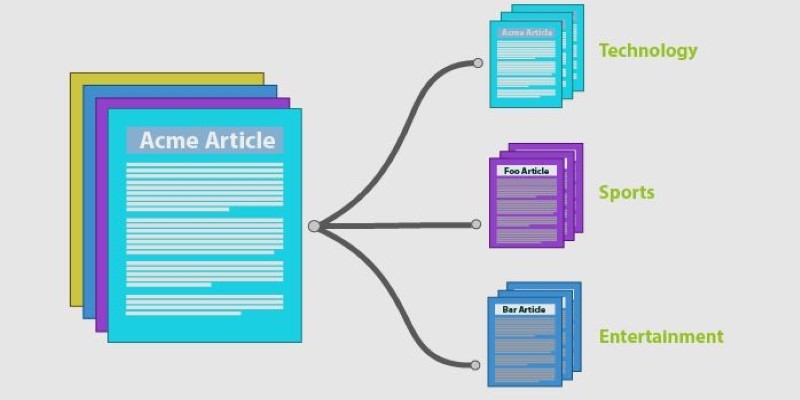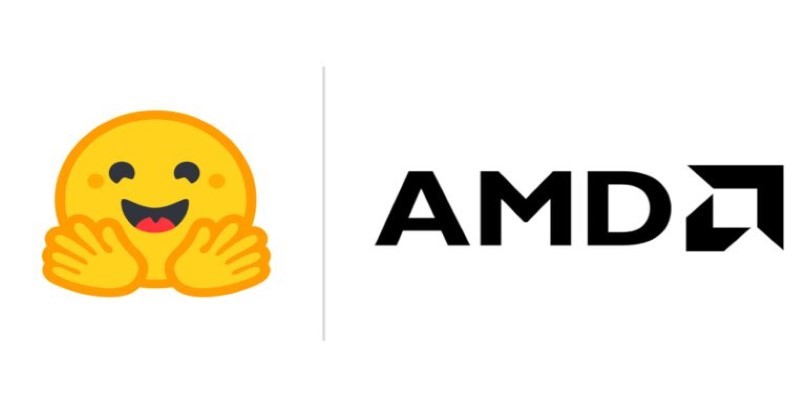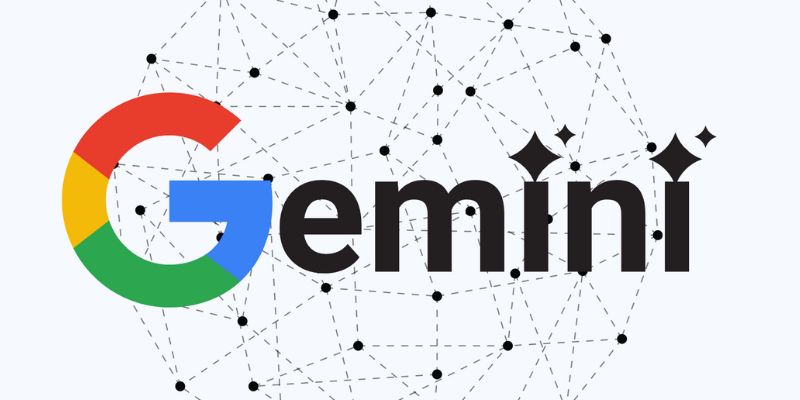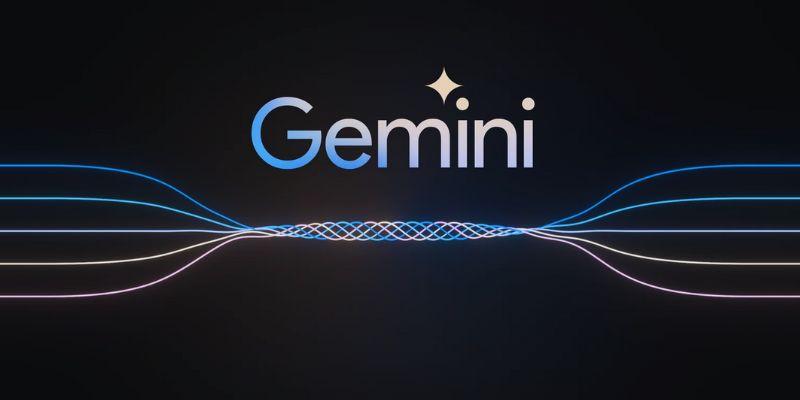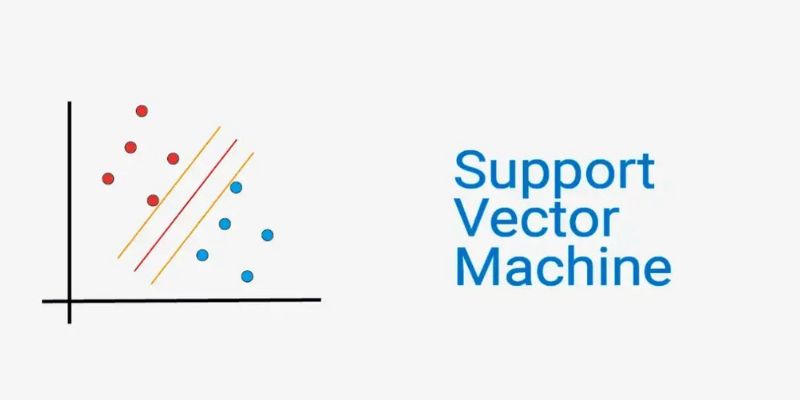You might've seen a tool that generates images from text, but what if AI could go one step further, turning words or pictures into actual 3D models? That's exactly what OpenAI's Shap-E is built for. It's not just another art generator or chatbot. This one is focused on shapes and structure, not surface-level visuals.
If you work with 3D modeling or have ever dealt with CAD software, this model could change how you think about creation. Whether you're an artist, designer, or just curious about AI, it's a glimpse of how machines are learning to build real-world forms.
What Is OpenAI’s Shap-E?
OpenAI's Shap-E is a 3D generative model. Instead of generating pictures, it creates three-dimensional shapes. It's designed to take either an image or a text prompt and produce a full 3D object, which can be used in design, animation, gaming, or product modeling. Shap-E works by learning how real-world objects are structured, not just how they look on the surface. This makes it different from tools like DALL·E that create 2D representations.
The standout feature of Shap-E is its ability to convert both visual and written descriptions into 3D outputs. Give it a picture of a chair or type “a wooden coffee table with curved legs,” and it can produce a usable 3D model. Unlike traditional modeling software, where every curve and surface must be drawn by hand or with mouse input, Shap-E automates the entire structure generation.
It doesn't just spit out point clouds or voxel blocks. It produces what's called implicit functions, which can then be turned into meshes or rendered volumes. That means smoother shapes, better surface continuity, and fewer jagged edges. This is a big improvement over earlier 3D generative model types that were limited in terms of output quality.
The model architecture behind Shap-E uses diffusion, similar to what image generators use, to gradually form complex shapes from noise. But instead of doing that with pixels, it operates on 3D data. OpenAI trained Shap-E using paired data: 3D models and their associated text or images. This training helped it learn the link between how something looks and how it is built, structurally speaking.
What Makes Shap-E Different from Other 3D Generative Models?
There are other 3D generative model systems out there, but Shap-E comes with two major advantages. First, it works fast. Earlier systems like Point-E, another OpenAI model, generated 3D shapes but needed two separate steps—point cloud generation followed by mesh construction. That approach had more room for errors and rough shapes. Shap-E skips that middle step and directly outputs a model that’s much closer to finished.

Second, it understands both images and text. Most previous systems were limited to just one of those. Being able to accept a photo or a sentence gives designers more freedom. If you don’t have a reference image, you can just describe what you want. On the flip side, if you have a photo or sketch of an idea, you don’t have to manually translate it into geometry anymore.
Compared to other 3D generative model tools, Shap-E outputs are also more practical. Instead of being stuck in academic datasets or demo limitations, Shap-E’s objects are ready for use. You can convert them to OBJ or glTF files and use them in Blender, Unity, or any standard modeling pipeline.
Another plus: Shap-E is open source. That means you can access its code, see how it was built, and even fine-tune it for specific applications. For example, if you’re building furniture or automotive parts, you could retrain Shap-E on a smaller, niche dataset that fits your needs. It’s flexible in a way many closed tools aren’t.
How Shap-E Could Change Design and Prototyping
If you’re a product designer, you already know how long it takes to move from concept to a usable 3D model. OpenAI’s Shap-E trims that timeline. Imagine coming up with a concept during a brainstorming session and having a rough 3D model in minutes instead of days. That could change how companies test prototypes, how artists build game assets, or how educators teach 3D modeling to students.

For rapid prototyping, this is a major win. You don’t need to know Blender or Fusion 360 inside out. You just need a vision and the right prompt. Shap-E can do the hard part—building the shape. Of course, it doesn’t mean you’ll never need a human modeler again. But it does mean early drafts don’t have to be hand-built, and that frees up a lot of time for refining instead of starting from scratch.
Even for beginners in 3D design, this tool lowers the entry barrier. Students and hobbyists can now explore shape design without spending weeks learning every technical step. It turns modeling into a more creative and less mechanical process.
In fields like AR/VR and gaming, where environments and assets need to be created constantly, Shap-E could make it easier to fill in the blanks. Developers often spend hours just building props. If a 3D generative model can do that with a few words, it could boost output speed dramatically.
That said, Shap-E isn't flawless. It still struggles with highly detailed or unconventional prompts. Complex textures, materials, or overlapping geometries may not come out perfectly. But for early-stage ideas, mockups, and even concept art, it's very effective.
Conclusion
OpenAI’s Shap-E isn’t trying to replace human designers. It’s trying to make 3D modeling easier, faster, and more accessible. It’s a tool that converts language or images into usable shapes, giving people a shortcut to early-stage prototypes. Whether you’re building a video game, designing a product, or learning how shapes work in 3D space, it’s a useful assistant. The fact that it’s open source adds even more value, letting anyone explore how it works or tweak it for their projects. It won’t fix every problem in 3D modeling, but it opens the door for quicker, smarter workflows across a wide range of industries.
